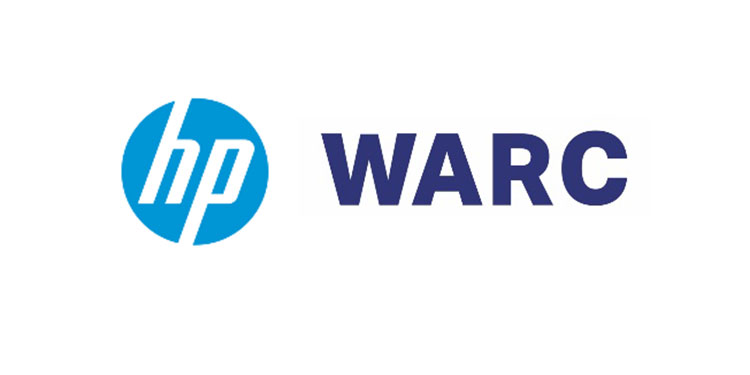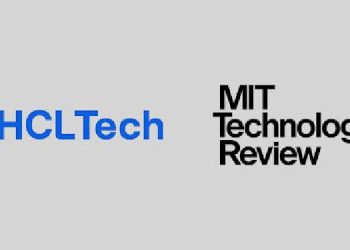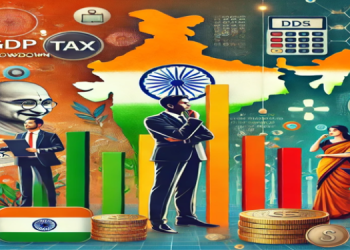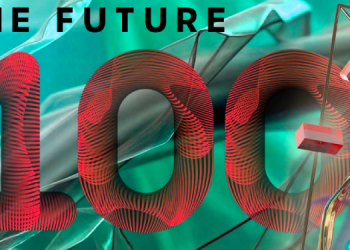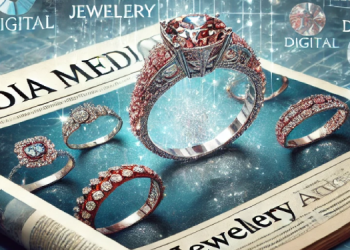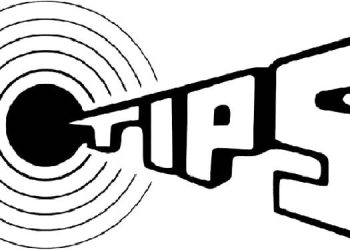New Delhi: Packaging is becoming one of the most effective channels for advertising, unlocking a demand for digital printing that is, in turn, forming stronger connections between brands and customers. Recent findings from the World Advertising Research Centre (WARC) put this growth opportunity into concrete terms. In association with HP Indigo, WARC carried out an in-depth analysis of successful case studies that used packaging as lead media while bringing important metrics to the fore.
While brands are beginning to wake up to the power of digitally printed packaging, they are yet to understand the full package. The WARC research shows that packaging is the 2nd most effective media channel, but only 5% of brands consider packaging as a growth enabler. The remaining 95% are unaware or resistant to embrace the opportunity thinking that digital printing is way too expensive. Until recently, brands have not been able to exploit this channel because of the operational challenges that controlling and managing the supply chain presents. This is where HP Indigo’s advanced digital printing solutions come in. As leaders in digital printing, HP has helped hundreds of brands and printing providers enter new markets and win in uncontested spaces, from high-value labels to flexible packaging. Now, the quantitative data validated through the WARC research shows how HP’s digitally printed packaging can be a salient brand accelerator touchpoint.

When discussing how these innovations can drive brand innovation, David Tiltman, Vice President -Content, WARC says “Digital print means that short printing runs – which used to be cost-prohibitive – are now within reach for more brands. That opens up packaging as a creative outlet for personalised or customised messages.”
The research shows that packaging can be an ad, a story, a platform, a strategy, and a huge driver of sales and positive sentiment. Some brands are using packaging as the basis for purpose-driven campaigns to highlight the social issues that are growing drivers of consumer purchase decisions. Digitally printed packaging also allows brands to create distinctive, interactive, and shareable experiences that can directly involve the consumer in the packaging design process and allow them to tell stories with consumers, not just to them.
Digital printing means brands can make packages personalized and customized without disrupting their printing process. Now brands of all sizes can deliver personalised, customised messaging that can complement social media strategies and mirror a brand’s digital presence. With special thanks to newer innovations in digital print packaging technology, brands can now align their in-store experience with other channels in the marketing mix, both online and offline. According to WARC, 53% of Gen Z want brands to offer personalised or customised products. Personalized packaging can thus become a vehicle for consumers to express themselves or their preferences and allows consumers to select the packaging that speaks to them individually.
In short, digitally-printed packaging turns shelf space into a new channel for marketers to deliver campaign messages and drive ROI, allows for a flexible approach based on individual markets, increases the speed at which brands can test new packaging, allows brands to have more physical and digital cohesion, empowers brands to co-create content at scale that maximizes engagement with Millennials & Gen Z and provides opportunities for longer-term brand-building through personalised and contextual variations in the packaging of products.
Packaging can be the first touchpoint a consumer has with a brand and up to 70% of consumers are impulse buyers who grab products that appeal to them on the shelf. Given this, it is vital to invest in packaging and enhance the in-store experience. With HP INDIGO, print providers can bring innovative packaging solutions to life for brands big and small.

